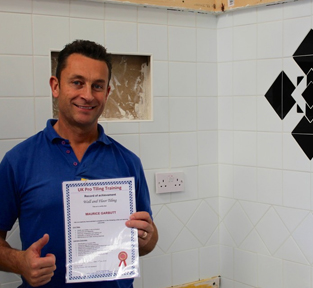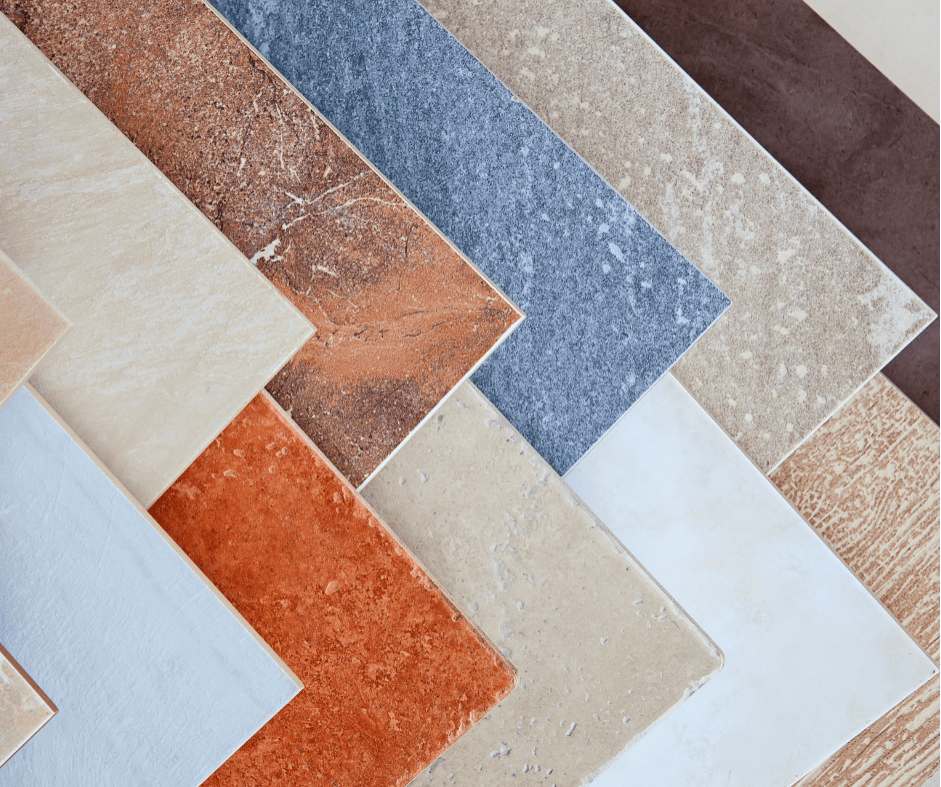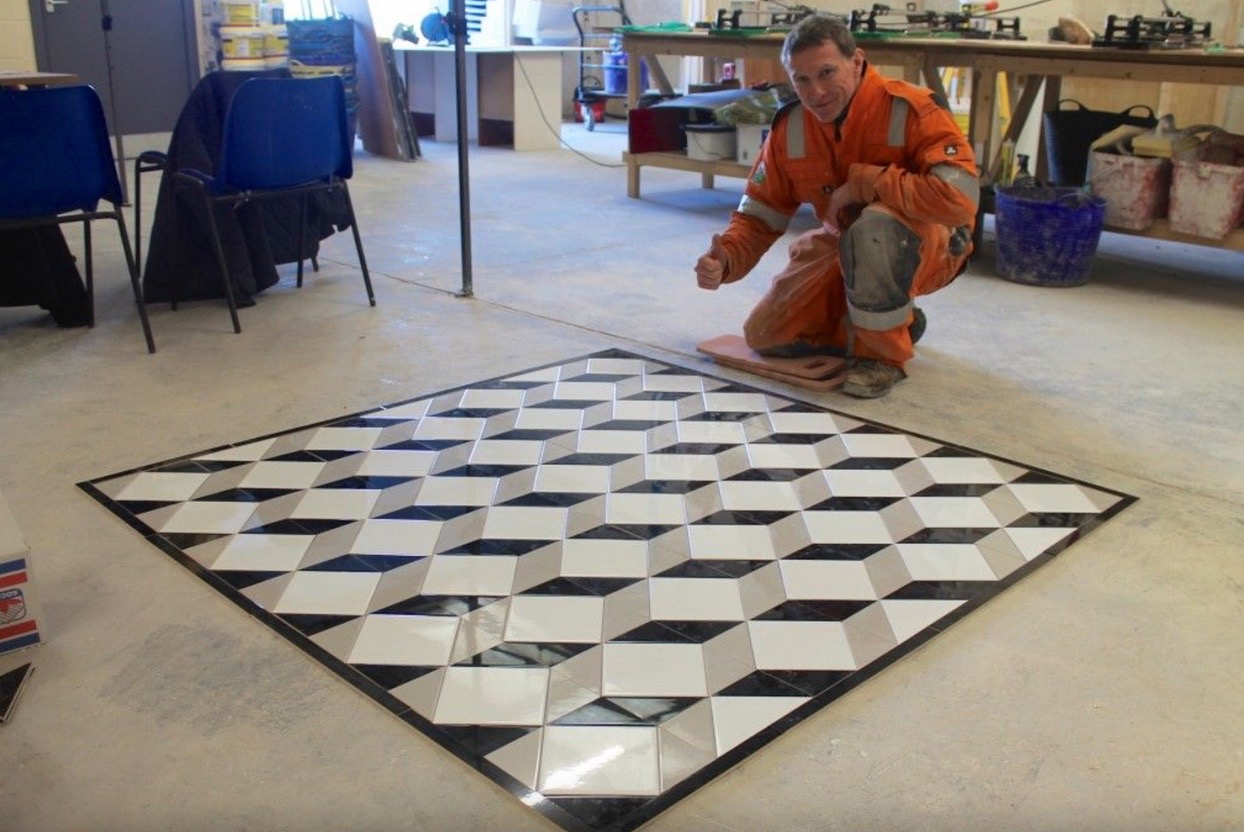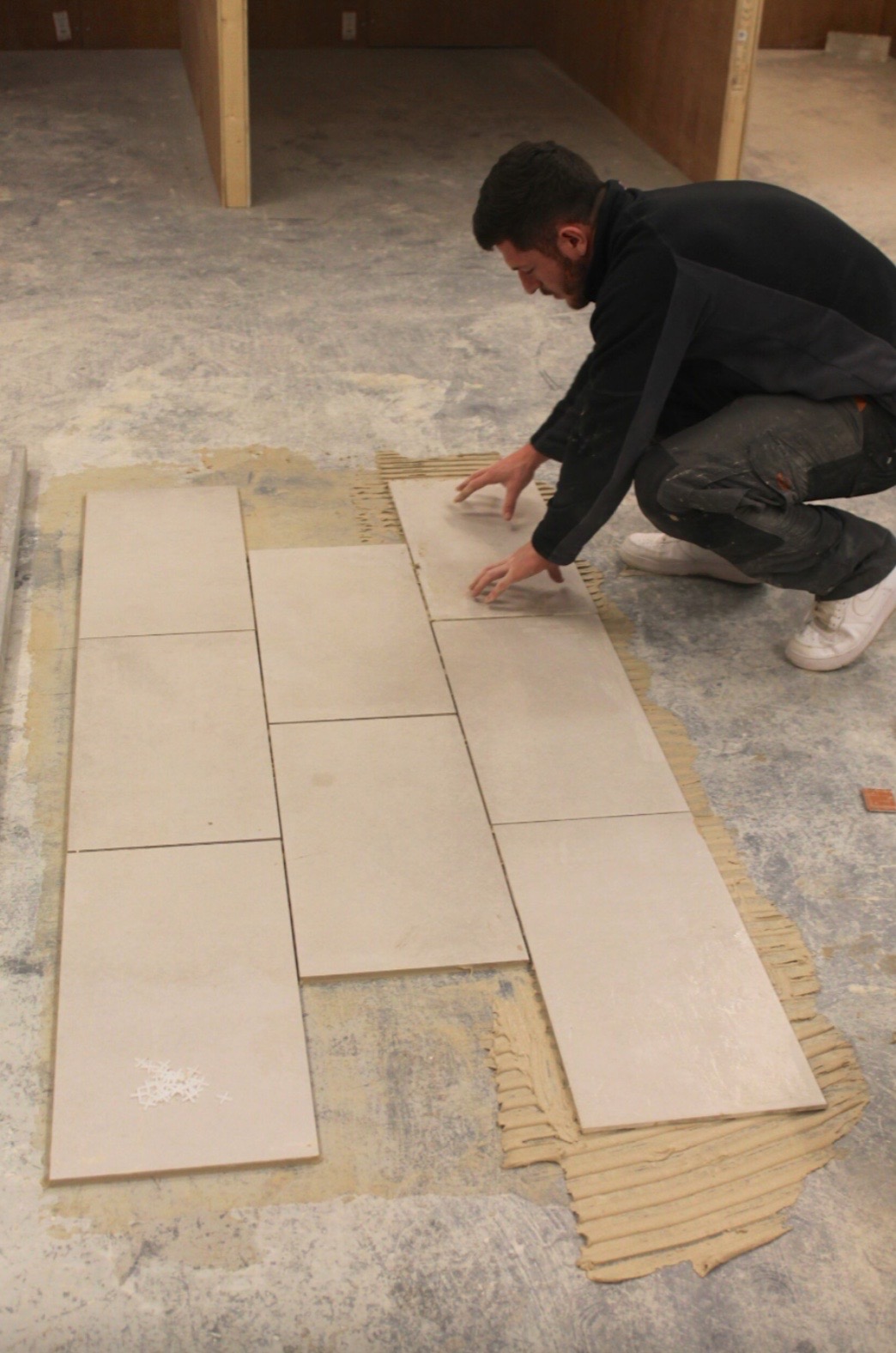Which Tile Adhesive Should I Use?
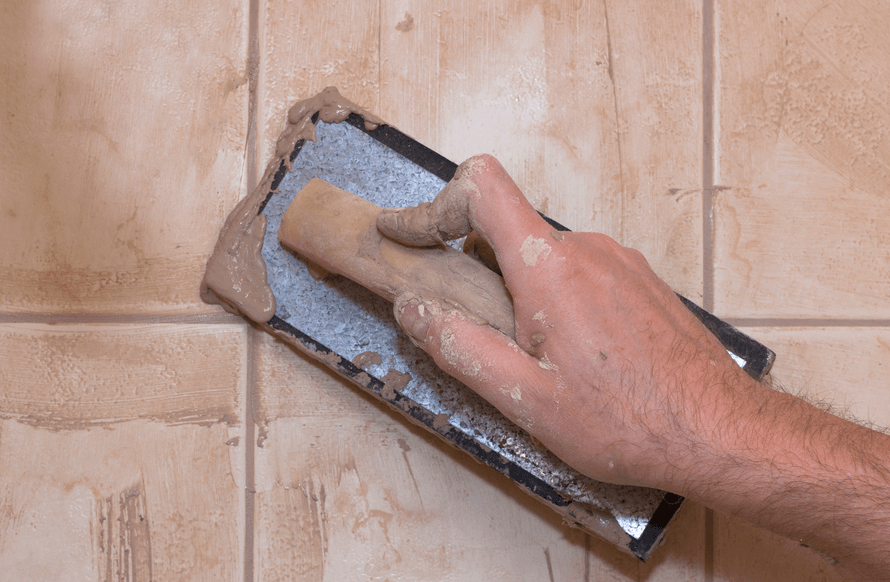
So you’ve finally found the right tiles for your renovation project and can’t wait to see the finished result. Don’t get too comfortable because there’s one vital thing you need to consider; which tile adhesive is right for you?
Whether you’re an amateur or professional, you’ve probably asked yourself which tile adhesive should I use? Well, have no fear, because, in this post, we’re going to go through the vast array of adhesives so you can decide which is best for your needs.
Tiles are most commonly applied to walls and flooring, especially in bathrooms and kitchens. According to HASpod, uneven tiles are the second biggest cause of trips, which shows why it’s vital to apply them securely.
Tile adhesive is the best way to ensure they stay in place and avoid accidents in households or work environments. Let’s take a look at the different types of adhesive available.
The Types of Tile Adhesive
While there are several brands of tile adhesive available, you can usually split them into two types:
- Powdered Adhesives
- Ready Mixed Paste
Powdered adhesives are usually mixed with water to form a paste-like consistency. It takes more time to mix the powder correctly, but you can configure the paste to the thickness you require, giving the tiles more support.
The ready-mixed paste is the more convenient option, as it often comes in a tub, and you can use it straight away. The main issue with ready mixed brands is they lack the strength for larger tiles and extensive projects.
In general, if you need to apply a small number of tiles, then ready mixed paste would be ideal. Bigger projects should always use powdered adhesives because they offer more stability, and you can make a large batch to save time.
More About Powdered Adhesive
For professionals, a powdered adhesive is a go-to option for securing tiles onto a surface. But there are so many powdered adhesive forms, and it’s vital that you know the differences between each one.
Strength
Where you’re planning to lay tiles can define how long they’ll last. For example, in areas such as the kitchen or bathroom, there will be a lot of foot traffic which puts higher strain levels on the tiles.
If you have underfloor heating, it’s essential to find an adhesive that can absorb some of the stress, ensuring your tiles last longer. The majority of tile adhesives are rated as S1 or S2.
In moderate or minimal foot traffic areas, an S1 adhesive will be sufficient, but high traffic areas of homes should find a certified S2 adhesive.
Underfloor heating is another defining factor in the tile adhesive you use. When the floor temperature changes, it can cause cracks in the tiles, so a flexible S2 adhesive is essential to protect the flooring.
Colour
When you look at most powdered adhesives, you’ll notice they either come in grey or white. If you have a light grout, then it’s best to use white glue. The opposite applies to darker grouts.
The Setting Time
You can choose from a rapid or standard-setting tile adhesive, and both have advantages. Rapid setting adhesive is an excellent way to get the job done quicker, and professionals prefer to use it when they’re working on large building projects.
The main disadvantage of using rapid setting adhesive is that you need to complete the work quickly. If you’re a novice tiler, then rapid adhesive might be too intense for you, and it could impact the overall quality of the job.
Standard-setting tile adhesive might take longer to set, but it gives you the time to make sure you lay the tiles properly. It’s also a better option if you’re working on intricate patterns or with small tiles.
Things to Consider
Whether you prefer powdered adhesive or ready to use paste, there are some vital things to consider before you make a decision.
Which Surface Are You Sticking The Tiles To?
Tiles are most commonly used on floors and walls, but the adhesive you use depends on the surface.
Wall Plasterboard: If you’re applying wall tiles to plasterboard, they’re probably small enough to use ready-made paste. But if the tiles are 30 x 30cm or larger, it’s best to use powdered adhesive. Porcelain tiles should always be applied with powdered glue, too, regardless of their size.
Concrete or Screed Flooring: You must wait for six weeks before you tile newly laid floors. Powdered adhesive allows you to configure the paste’s thickness, so it’s better for a sturdy foundation.
Timber Floors: For the best results, you should place a level of plywood onto timber floors and tile over it. Use powdered adhesive to get the best results, and try to avoid placing tiles directly onto timber wherever possible.
Experienced Are You?
Tilers come from a range of backgrounds, and it’s a profession that attracts many people. Depending on your experience, you might not feel comfortable using ready mixed paste due to the small amount of time it leaves for you to apply the tiles.
While the powdered adhesive is the better option, a ready-made paste is ideal for smaller jobs. Luckily, there are some excellent tiling courses to help you improve your skills and offer a more comprehensive selection of services.
Final Thoughts
Tile adhesive is an essential part of the tiling process, and in most cases, a powdered adhesive is the better choice. Not only does it offer more flexibility, but you can also mix it to your requirements. Complex jobs that need to be completed with precision also benefit from the use of powdered adhesive.
While powdered is the better choice, it doesn’t mean ready-made paste is useless because it’s perfect for smaller jobs. The most important thing to remember is to make a decision based on the surface you’re tiling, your experience and the complexity of the job.
Do you know which tiling mistakes are commonly made but easily avoidable? Find out here. You can also find more expert guides on tiling by signing up for our newsletter.
